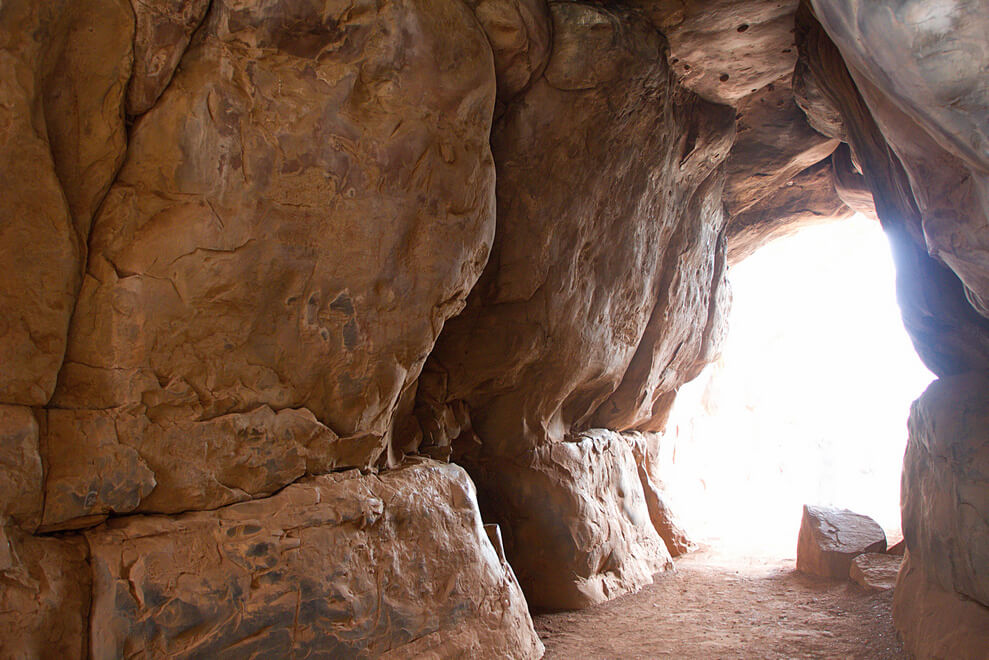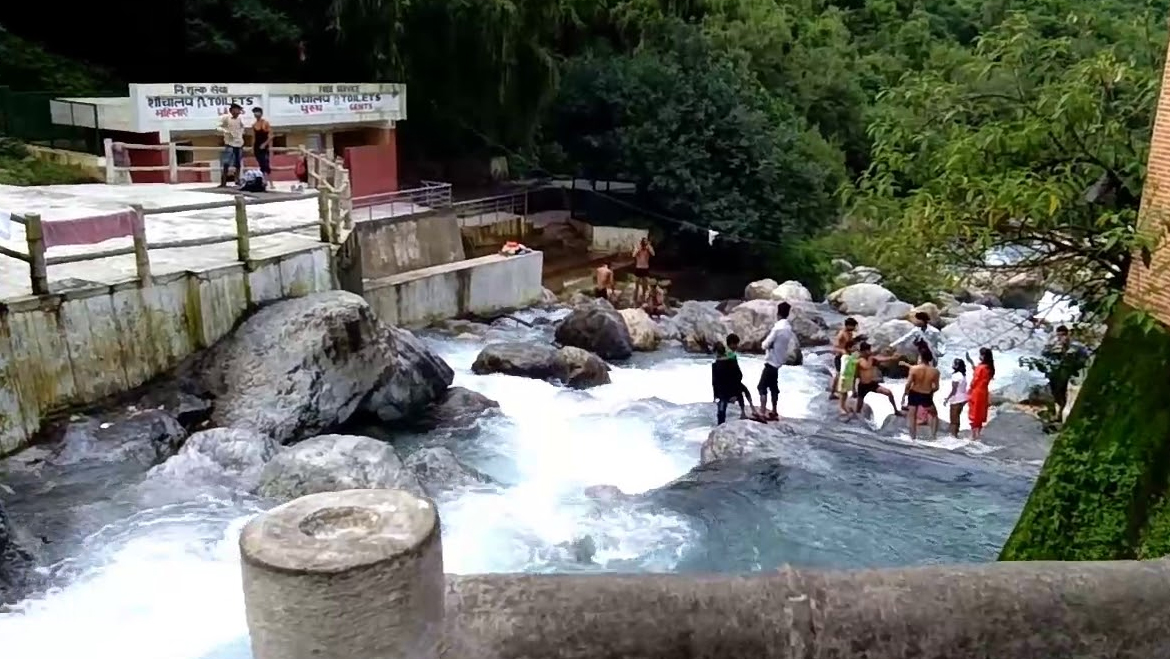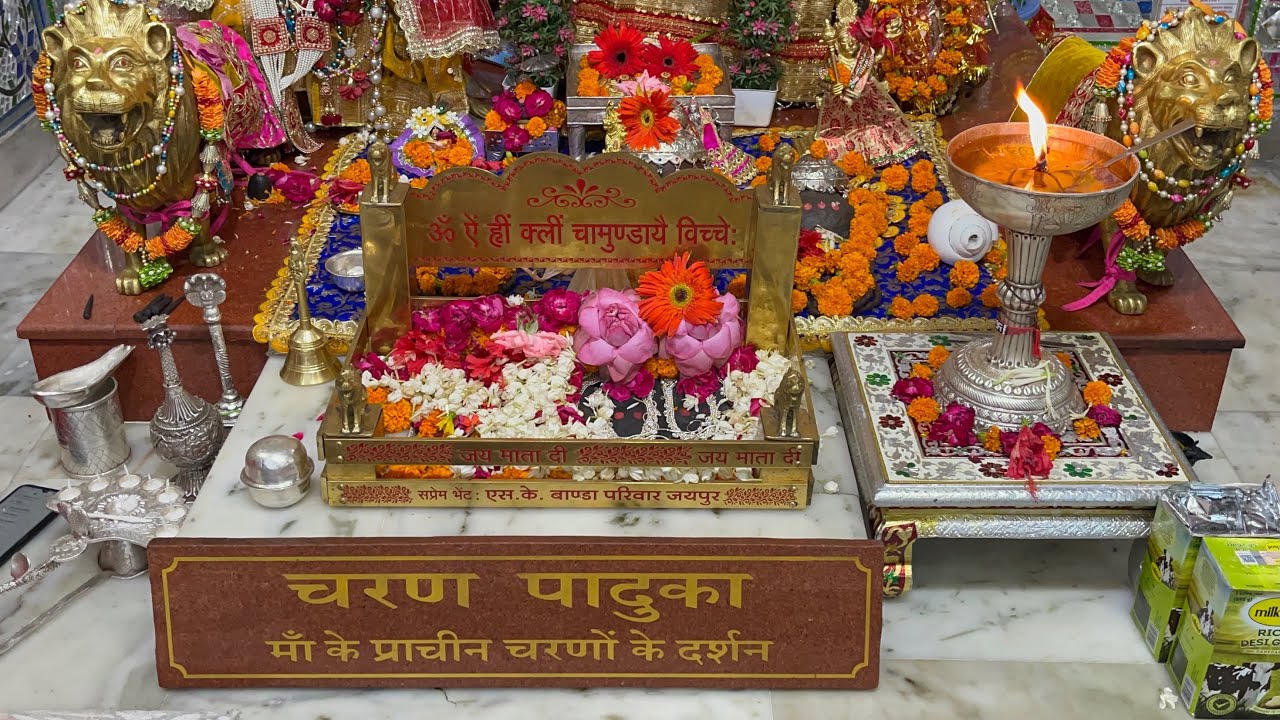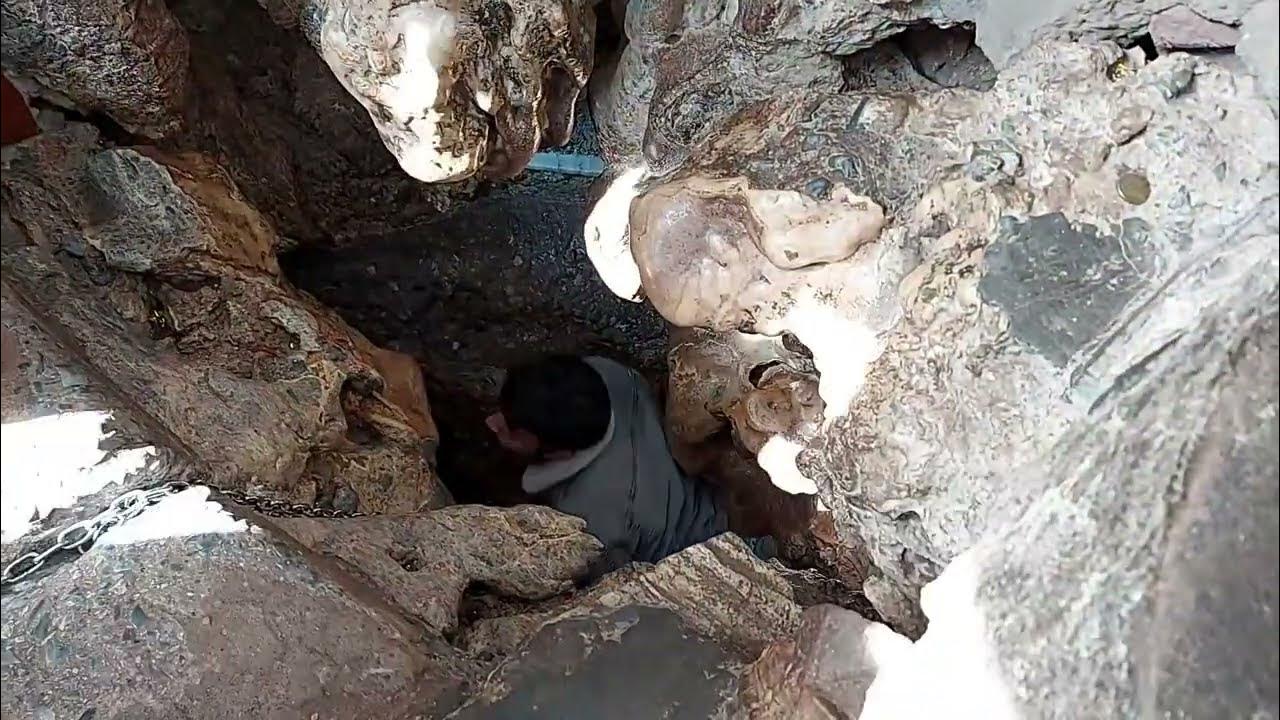Vaishno Devi, nestled in the Trikuta Mountains of Jammu and Kashmir, is one of the most revered pilgrimage destinations in India. Devotees from all over the country and abroad embark on a spiritual journey to seek blessings and solace in the divine abode of Vaishno Mata. Besides the holy shrine of Vaishno Devi, there are several other enchanting places to visit in this sacred region. This article will take you on a virtual tour of the top 10 places to explore while on your pilgrimage to Vaishno Devi.
1. Vaishno Devi Temple
- Most revered pilgrimage site in Vaishno Devi.
- Dedicated to Goddess Vaishno Devi.
- Located in the Trikuta Mountains.
- Pilgrimage involves a challenging trek through a cave.
- A spiritually enriching destination.
The Vaishno Devi Temple is the most significant pilgrimage site in Vaishno Devi, nestled in the Trikuta Mountains. It is dedicated to Goddess Vaishno Devi, a manifestation of the Divine Mother. The journey to the temple involves a strenuous trek through a narrow cave, which adds a sense of adventure to the spiritual experience. Pilgrims embark on this arduous journey, covering about 14 kilometers on foot, to seek the blessings of the Goddess. For those planning their Vaishno Devi yatra packages, the temple's sanctum sanctorum is a site of deep reverence, where devotees offer their prayers and offerings. The atmosphere is charged with devotion, making it a spiritually enriching destination.
2. Ardh Kuwari Cave
- Lies 4.5 kilometers from the main temple.
- Goddess Vaishno Devi is said to have meditated here for nine months.
- Pilgrimage through narrow, dimly lit passages.
- A test of faith and devotion.
- Historically significant in the Vaishno Devi legend.
Ardh Kuwari Cave, about 4.5 kilometers from the main temple, holds great significance in the Vaishno Devi pilgrimage. According to legend, Goddess Vaishno Devi hid in this cave for nine months to evade the demon Bhairon before ultimately defeating him. The journey through the cave is both physically and spiritually challenging due to its narrow passages and dimly lit interiors. Pilgrims navigate this path as a test of their faith and determination. The cave's spiritual aura and historical importance make it a must-visit destination for those seeking a deeper connection with the Goddess.
3. Bhairon Temple
- Situated 2.5 kilometers from the main temple.
- Dedicated to Bhairon Nath, vanquished by Goddess Vaishno Devi.
- Pilgrimage remains incomplete without visiting.
- Offers breathtaking mountain views.
- Requires a steep and challenging trek.
Located at an elevation of 6,600 feet above sea level, the Bhairon Temple is approximately 2.5 kilometers from the main Vaishno Devi Temple. It is believed that the pilgrimage to Vaishno Devi remains incomplete without visiting this temple. Bhairon Temple is dedicated to Bhairon Nath, who, according to mythology, pursued Goddess Vaishno Devi but was ultimately defeated by her. Devotees climb a steep and challenging path to reach this temple, seeking the blessings of the Goddess and acknowledging her triumph over evil. The journey to Bhairon Temple offers breathtaking views of the surrounding mountains and adds a sense of adventure to the spiritual quest.
4. Banganga
- Located 1 kilometer from the Bhawan (main temple).
- Holy rivulet with water believed to originate from Lord Rama's arrow.
- Pilgrims take a dip for purification.
- Serene surroundings add to the spiritual atmosphere.
Banganga is a sacred rivulet located about 1 kilometer from the Bhawan, the main temple complex. It plays a vital role in the pilgrimage as pilgrims often take a ritual dip in its holy waters before proceeding to the temple. According to Hindu mythology, Lord Rama shot an arrow into the ground, creating the Banganga spring to quench the thirst of his beloved deity, Goddess Durga. This makes Banganga an essential stop for purification and devotion before entering the sanctum sanctorum. The serene surroundings and the soothing sound of the flowing water add to the tranquil atmosphere of this location.
5. Charan Paduka
- 1.5 kilometers from the main temple.
- Believed to bear Goddess Vaishno Devi's footprints.
- Offers breathtaking views of the Trikuta Mountains.
- Pilgrims seek blessings at this serene location.
Charan Paduka, situated 1.5 kilometers from the Bhawan, is believed to bear the imprints of Goddess Vaishno Devi's feet on a rock. Devotees pause at this spot to pay their respects and seek blessings from the Goddess. The breathtaking views of the Trikuta Mountains make Charan Paduka not only spiritually significant but also a place of natural beauty. Many pilgrims find solace and a sense of divine connection in this serene location.
6. Sanjichhat
- About 3.5 kilometers from the Bhawan.
- Offers panoramic views of hills and valleys.
- A rest area with facilities for refreshments and accommodations.
- Starting point for helicopter services.
- Provides a moment of respite and reflection.
Sanjichhat is a prominent stop for pilgrims, located approximately 3.5 kilometers from the Bhawan. The site offers awe-inspiring panoramic views of the surrounding hills and valleys, providing a moment of respite and reflection for pilgrims. It serves as a rest area with facilities for refreshments and accommodations. Sanjichhat also features a helipad, making it a starting point for helicopter services for those who prefer an aerial journey to Vaishno Devi.
7. Adhkuwari Mata Gufa
- Located 6 kilometers from Katra.
- Goddess Vaishno Devi is believed to have hidden here for nine months.
- A significant rest spot for pilgrims.
- The journey is less challenging than the main temple cave.
- Symbolizes the Goddess's resilience.
Adhkuwari Mata Gufa is a small cave situated about 6 kilometers from Katra. This cave is historically significant as it is believed to be the spot where Goddess Vaishno Devi concealed herself for nine months to avoid the demon Bhairon. Pilgrims often pause here to rest and offer their prayers. The passage through this cave, though not as challenging as the main temple cave, adds to the overall spiritual journey, symbolizing the Goddess's resilience.
8. Vaishno Devi Temple Charan Ganga
- A holy stream along the path to the main temple.
- Pilgrims wash their hands and feet for purification.
- Water believed to originate from Lord Rama's arrow.
- Offers a tranquil setting for reflection and preparation.
Charan Ganga is a holy stream located along the path to the main temple. Many pilgrims halt here to perform purification rituals by washing their hands and feet in its sacred waters. The water in Charan Ganga is believed to have originated from the arrow of Lord Rama, adding a layer of mythological significance. The area around Charan Ganga offers a tranquil setting for devotees to connect with their inner selves and prepare for the final stretch of their pilgrimage.
9. Himkoti
- Situated approximately 2.5 kilometers from the Bhawan.
- Provides panoramic views of the Trikuta Mountains.
- A place for reflection and respite.
- Pilgrims appreciate the natural beauty.
- A serene setting to connect with divinity.
Himkoti is a vantage point situated roughly 2.5 kilometers from the Bhawan. Pilgrims who visit this spot are rewarded with breathtaking panoramic views of the Trikuta Mountains. This location allows devotees to pause and appreciate the natural beauty of the region while offering their prayers. Himkoti serves as a place for reflection and respite, helping pilgrims connect with the serene surroundings and the divinity of the pilgrimage.
10. Ban Ganga
- Starting point for the pilgrimage to Vaishno Devi.
- Pilgrims take a ritual dip in the holy waters for purification.
- The stream is believed to have been created by Goddess Vaishno Devi.
- Facilities for pilgrims including accommodations and refreshment stalls.
- The bustling atmosphere marks the beginning of the spiritual journey.
Ban Ganga is the starting point for the pilgrimage to Vaishno Devi. It's here that the journey officially commences, and pilgrims often begin with a ritual dip in the holy waters of Ban Ganga to purify themselves. The stream is also historically significant, believed to have been created by Goddess Vaishno Devi herself. The area around Ban Ganga features several facilities for pilgrims, including accommodations, stalls for refreshments, and a bustling atmosphere as devotees prepare for their spiritual journey.
Visiting these ten places in Vaishno Devi offers pilgrims a profound experience that combines spirituality, adventure, and the natural beauty of the Himalayan landscape. Each location carries its unique significance and contributes to the overall spiritual journey, creating a memorable and transformative pilgrimage to the abode of Goddess Vaishno Devi.
FAQs
Q-1: Is it safe to trek to Vaishno Devi Temple?
Ans: Yes, the trek is well-maintained, and security is in place to ensure the safety of pilgrims.
Q-1: What is the best time to visit Vaishno Devi?
Ans: The ideal time is during the spring and autumn seasons, from March to October.
Q-1: Are there accommodations available in Katra for pilgrims?
Ans: Yes, Katra offers a range of accommodations to suit different budgets.
Q-1: Can elderly people and children undertake the journey to Vaishno Devi?
Ans: Yes, the trek is accessible to people of all age groups.
Are there medical facilities along the trek route?
Ans: Yes, there are medical aid stations along the way to attend to any health issues that may arise during the pilgrimage.








Comments